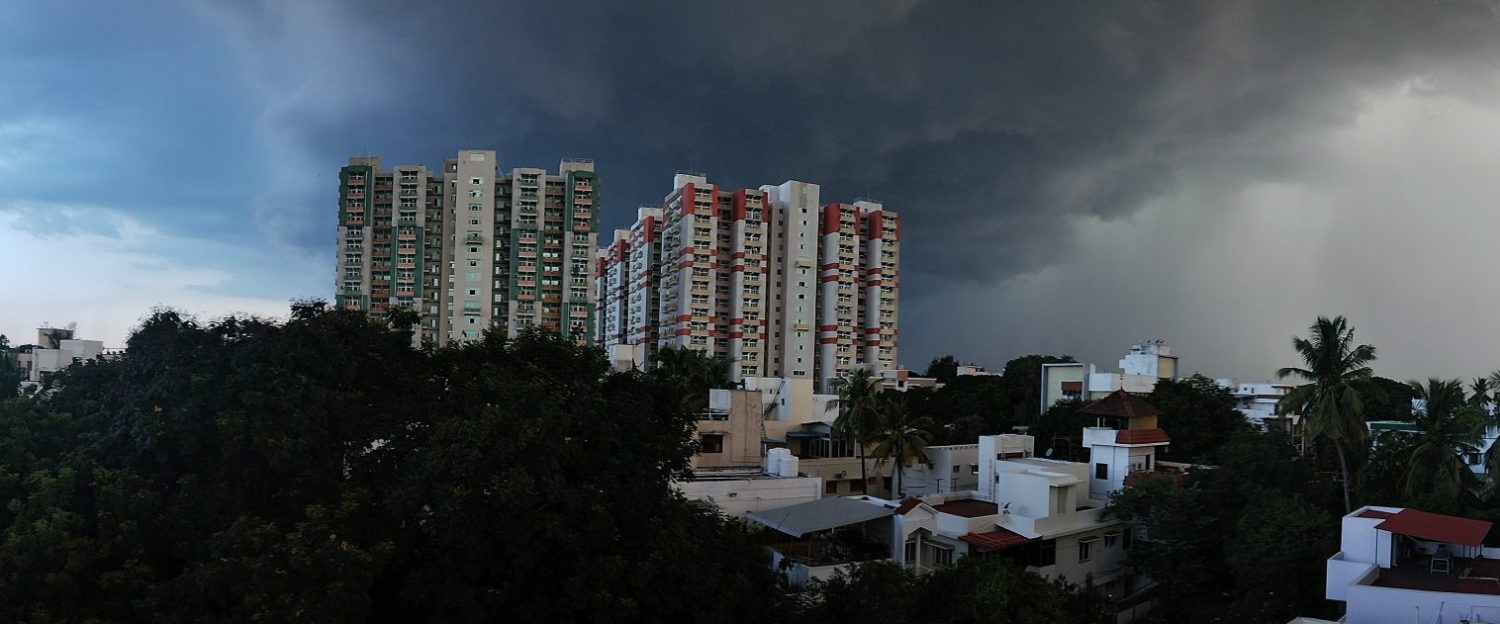Over the past couple of weeks Peninsular India including most of TN has been seeing winter. It is no surprise dry weather has taken a stranglehold. Late January to mid February is possibly the driest period over Peninsular India. The last rainfall episode around 1st February ended up relatively weaker than initial model estimates. The highest any TNSDMA station, from the plains, crossed during this spell was 14 mm from Bhuvanagiri in Cuddalore district. Even Oothu from the Manjolai Ghats recorded only 15 mm as highest single day rains. In a way the call by IMD to announce Northeast Monsoon withdrawal on 27th January was right.
The early morning fog seem to be the only indicator of a mild winter prevailing over the region. This is not so unusual considering La Nina years tend to see weak winter overall for Peninsular India. The effect of NEM spilling over into January and weak moisture push tends to weaken winter. But overall dry weather is likely to prevail for the next fortnight or so as indicated by sub seasonal weather outputs. There is fair agreement about dry weather persisting for the upcoming two weeks.




There is some indication of rains returning towards end February in the form of pre monsoon thunderstorms. This phase is also coinciding with the fresh development of MJO pulse over the Indian Ocean. Over the past couple of weeks the MJO has moved further Eastward from Maritime Continent to West Pacific. This has resulted in suppressed atmospheric conditions over the Indian Sub Continent. With MJO likely to move further west into Western Hemisphere suppressed conditions may continue to persist.
The good news though is despite dry weather prevailing sub seasonal models indicate the temperatures may not be abnormally hot over Peninsular India. North and Central India is likely to see warmer than normal weekly temperature anomalies. This is partially driven by the weak winter conditions that is prevailing over the Indian Sub continent. The seasonal weather forecasts for this year’s Summer indicate Peninsular India may not see a harsh summer though it may need La Nina continuing to influence weather dynamics overall well into Summer 2025.

